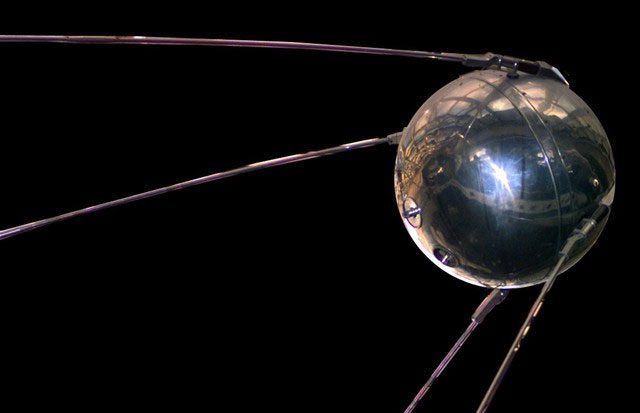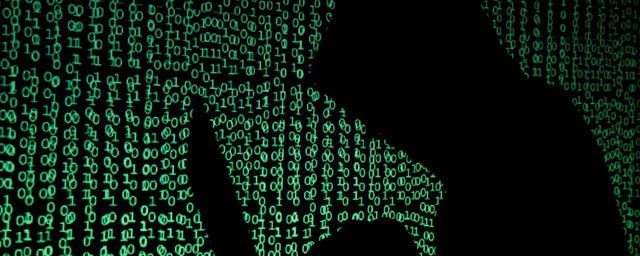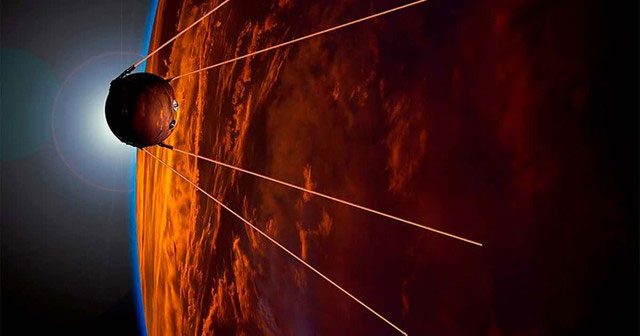The Sputnik Crisis was a period when the public in Western countries expressed fear and anxiety over the noticeable technological gap between the United States and the Soviet Union following the launch of Sputnik 1, the world’s first artificial satellite.
On October 4, 1957, Sputnik 1 became the first object to enter Earth’s atmosphere in a controlled manner and was the first to achieve what until then had only been theorized: a stable orbit, moving high above the skies of nations without retribution. At that time, this was considered a disaster for the West.
What did Sputnik 1 see up there? Was there any evidence of paradise, hell, extraterrestrials, or something completely unexpected? Surely the Soviets must have known all the things humanity at that time still did not know, as Sputnik moved high above and transmitted information back to the observers below.
Americans could receive and hear the messages transmitted by Sputnik, but they had no way of understanding what they were hearing. Decoding those messages became an immediate priority: What was Sputnik saying to the Soviet Union?

In the early 1950s, flights of Lockheed U-2 spy planes over the Soviet Union provided intelligence that the U.S. had an advantage in nuclear capabilities. However, studies conducted from 1955 to 1961 showed that the Soviet Union was training scientists at a rate two to three times greater each year than the U.S. The successful launch of Sputnik 1 demonstrated that the Soviet Union had achieved a significant technological leap, understood as a serious threat to U.S. national security, prompting the U.S. to increase federal investment in research and development, education, and national security.
In fact, Sputnik provided any scientist monitoring it with invaluable information. Observers on the ground tracked the launch vehicle through the atmosphere above and gathered a vast amount of real remote-sensing data as well as other data that could be utilized in their missile programs.
The Soviet Union also did not attempt to hide the signals from their satellite. Any amateur radio operator could hear the series of beeps transmitted from outer space. The Americans, who were closely following the rocket launch, captured every nuance of the message.
This marked the beginning of what became known as the Sputnik Crisis. Americans could not believe that Soviet technology had advanced so significantly, and the Western world fell into crisis over this apparent knowledge gap.

The Sputnik Crisis was a pivotal event in the Cold War, leading to the establishment of NASA and the space race between the two superpowers. The satellite was launched on October 4, 1957, from Baikonur Cosmodrome. This triggered a crisis response in national newspapers like The New York Times, which mentioned the satellite in 279 articles from October 6, 1957, to October 31, 1957 (more than 11 articles a day).
This was the beginning of the Space Race, which led to the establishment of NASA the following year and initiated a series of events culminating in the moon landing over a decade later. The American public was similarly captivated by this Soviet marvel, with the New York Times publishing 279 separate articles in October 1957 about Sputnik, averaging 11 articles per day.
So, did the Americans ever decode that message? Their brightest minds made efforts to accomplish this task, but it seemed that Sputnik was transmitting information that the U.S. could not decipher.
It took many years for the secrets of Sputnik 1 to be revealed to the West. Ultimately, when they understood what the satellite was sending, the Americans were shocked by their misinterpretation of the message.

One contributing factor to the Sputnik Crisis was that the Soviet Union did not release a photo taken by the satellite for 5 days after its launch. As a result, its initial appearance remained a mystery to the Americans. The media stirred moral panic by writing sensational articles about this event.
The Soviet Sputnik space program, throughout its history, was characterized and built on risk acceptance and incomplete understanding of technology: being a leader at that moment was far more important than developing reliable technologies.
Sputnik did not send any data about the universe beyond Earth’s atmosphere. The series of beeps was simply an audible sound that anyone could hear; it merely served to confirm to the Soviets that their rocket had successfully launched into space and that the satellite had survived its journey.
All Sputnik wanted to say was “here I am.”


















































